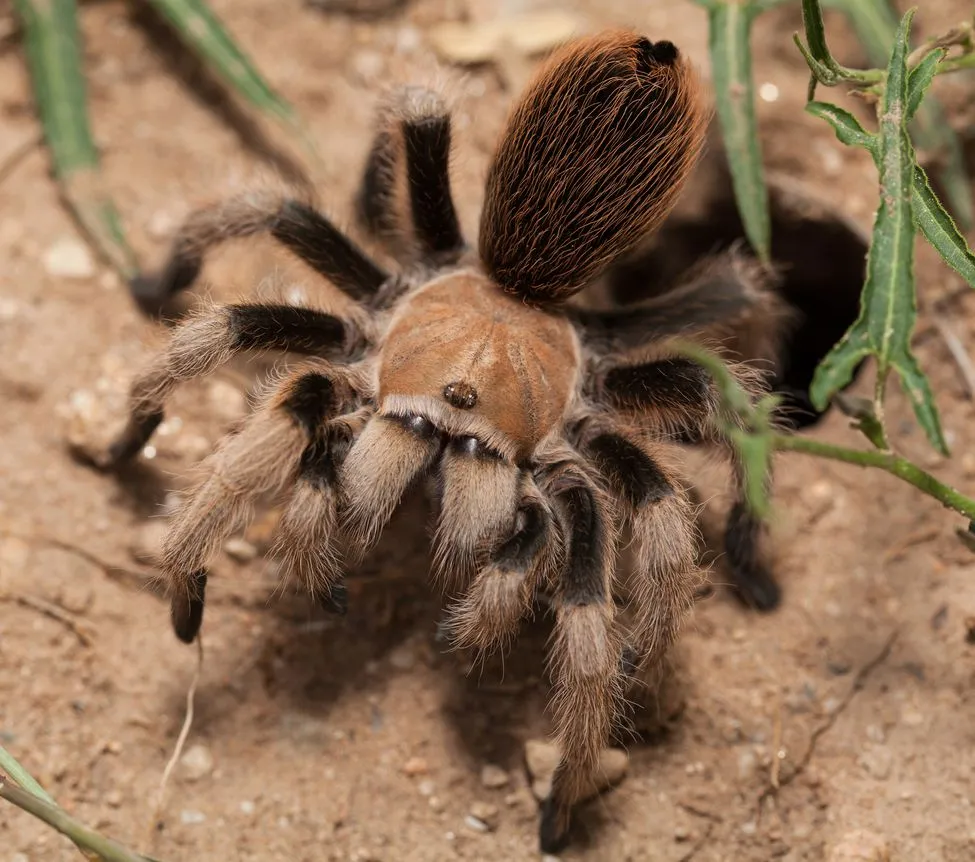What Makes a Tarantula a Good Pet?
Tarantulas, with their mystique and fascinating behaviors, have become increasingly popular pets. But what makes them a good choice for a pet owner? Unlike cats or dogs, tarantulas offer a unique, low-maintenance pet experience, perfect for those with busy lifestyles or who are allergic to common furry companions. The appeal lies in their relatively simple care requirements and the intrigue of observing their behaviors. They are quiet, don’t need daily walks, and their needs are easily met with proper habitat, feeding, and handling. Considering the commitment level and the fascinating aspects of owning one, tarantulas can be amazing pets.
Temperament and Handling
Understanding the temperament of different tarantula species is crucial for responsible pet ownership. Some tarantulas are naturally more docile and tolerate handling, while others are defensive and prefer to be left alone. It’s essential to research the specific species you’re considering to gauge its typical behavior. Many tarantulas, even docile ones, are not fond of being handled. They can be skittish and may bite if they feel threatened. Bites are rarely life-threatening to humans but can be painful and cause localized reactions. Tarantulas also have urticating hairs on their abdomens which they can flick as a defense mechanism. Handling should be kept to a minimum and only done if absolutely necessary. Always wash your hands before and after handling your tarantula to prevent the spread of any potential contaminants.
Docile Tarantulas for Beginners
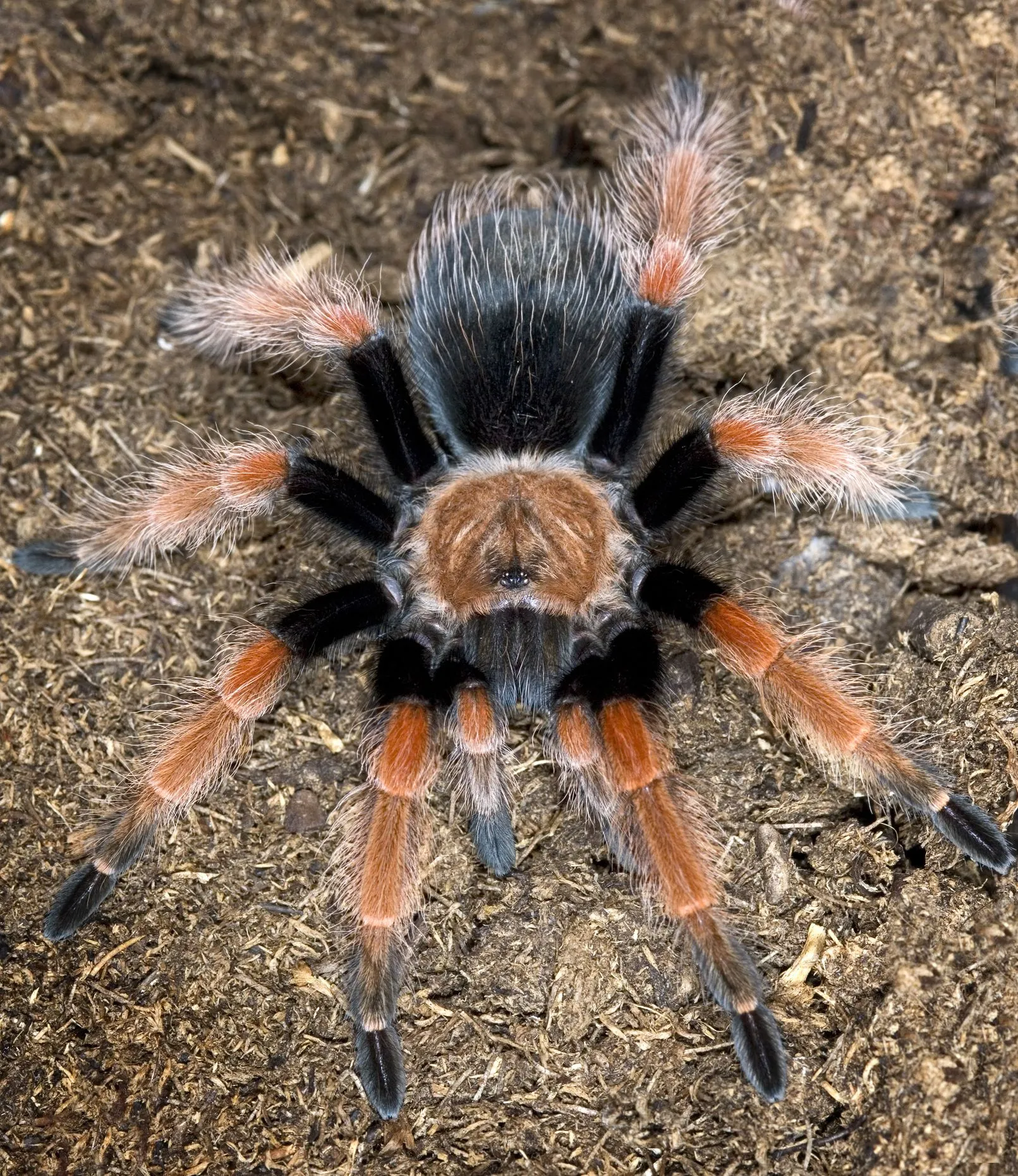
For those new to tarantula ownership, choosing a docile species is a wise decision. These tarantulas are generally less prone to defensive behaviors and more tolerant of occasional interactions with their owners. However, even the most docile tarantulas should be handled with care and respect. It is always a good idea to handle tarantulas when necessary and avoid it. The best species for beginners are generally known for their relatively calm temperaments. They are less likely to bite and their urticating hairs are less irritating compared to other species. Start with a species that is well-regarded for its docility and ease of care, setting the stage for a positive and fulfilling pet-owning experience.
The Chilean Rose Hair Tarantula
The Chilean Rose Hair tarantula (Grammostola rosea) is a popular choice for beginners, and is the perfect tarantula for your first pet. Known for its docile temperament and relatively slow movements, the Chilean Rose Hair is less likely to bite or flick hairs when disturbed. Their reddish-brown coloration is also appealing. They are generally hardy and can tolerate a range of environmental conditions, making them less demanding pets. They have a lifespan of up to 20 years, and they grow to a moderate size, adding to their appeal. Consider one if you are looking to own a pet, that is easy to maintain.
Care and Habitat
Providing a suitable habitat is crucial for the health and well-being of your Chilean Rose Hair tarantula. A 5-10 gallon terrarium is typically sufficient for an adult. The enclosure should have a secure lid to prevent escapes. Substrate, such as a mix of coco fiber, peat moss, and vermiculite, should be 2-4 inches deep to allow for burrowing. Provide a water dish with fresh water at all times. Maintain a temperature of 70-80°F (21-27°C) and a humidity level of 60-70%. Spot clean the enclosure regularly and replace the substrate every few months.
Feeding and Diet
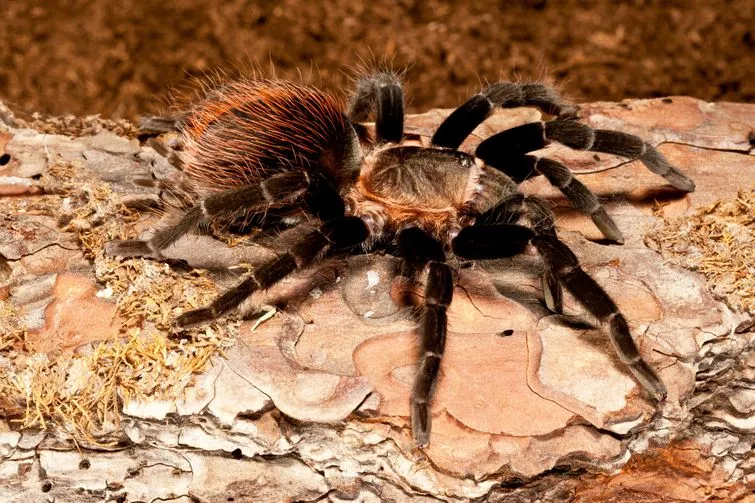
Chilean Rose Hair tarantulas are insectivores. Feed them a diet of appropriately sized insects, such as crickets, mealworms, or roaches, once or twice a week. The size of the prey should be no larger than the tarantula’s abdomen. Remove uneaten insects within 24 hours to prevent stress or potential harm to the tarantula. Always provide fresh, clean water in a shallow dish. Overfeeding can lead to health problems, so monitor the tarantula’s abdomen size and adjust the feeding frequency accordingly.
The Mexican Red Knee Tarantula
The Mexican Red Knee tarantula (Brachypelma hamorii) is another popular choice for beginners, admired for its striking coloration and relatively docile nature. They are larger than the Chilean Rose Hair and boast vibrant red and black markings on their legs, hence the name. The Mexican Red Knee is known for its calm disposition and is less likely to bite or flick hairs, and is perfect for those new to owning a tarantula. Their impressive size, relatively slow growth, and beautiful appearance make them highly sought-after pets.
Care and Habitat
The Mexican Red Knee tarantula requires a slightly larger enclosure than the Chilean Rose Hair, typically a 10-20 gallon terrarium for an adult. The enclosure should have a secure lid, and ventilation. A substrate of 4-6 inches of coco fiber, peat moss, or a similar mixture, allows for burrowing. Include a hide, such as a piece of cork bark or a half-log, for the tarantula to retreat to. Maintain a temperature of 75-85°F (24-29°C) and a humidity level of 60-70%. Provide a water dish with fresh water at all times. Clean the enclosure regularly and replace the substrate every few months.
Feeding and Diet
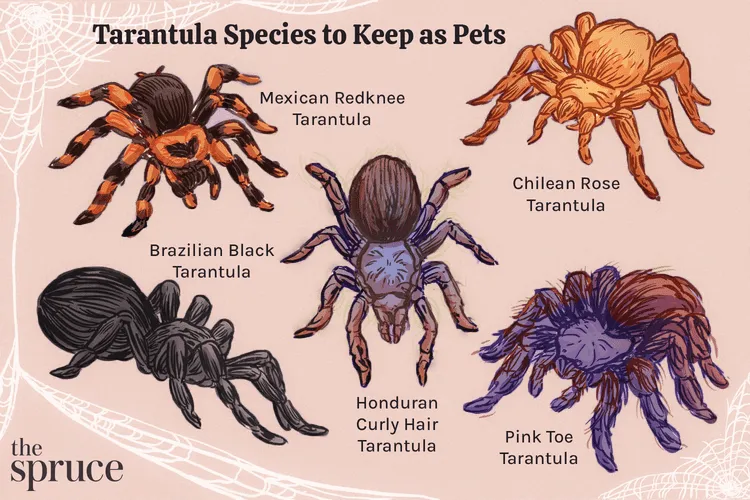
The Mexican Red Knee tarantula’s diet is very similar to the Chilean Rose Hair. Feed them appropriately sized insects, such as crickets, mealworms, or roaches, once or twice a week. The prey should be no larger than the tarantula’s abdomen. Always remove uneaten insects within 24 hours. Provide fresh, clean water in a shallow dish. Adjust feeding frequency as needed, and keep the tarantula’s abdomen size in mind when deciding the amount to feed. Avoid overfeeding to prevent health problems.
The Curly Hair Tarantula
The Curly Hair tarantula (Tliltocatl albopilosus) is a great option for beginner tarantula owners. These tarantulas are named for the unique curly hairs that cover their body, giving them a distinctive appearance. They are known for their docile temperament and relatively low maintenance requirements, adding to their appeal as pets. Their tolerance for a wider range of conditions makes them a good choice for beginners.
Care and Habitat
The Curly Hair tarantula requires a secure enclosure with good ventilation. A 5-10 gallon terrarium is usually sufficient for an adult. Use a substrate of 3-5 inches, a mix of coco fiber, peat moss, and vermiculite is a great option. Provide a hide, such as a piece of cork bark or a half-log, and a water dish with fresh water. Maintain a temperature of 72-82°F (22-28°C) and a humidity level of 65-75%. Regular cleaning of the enclosure is important, and replace the substrate every few months. The main goal is to provide a clean and comfortable environment for the tarantula.
Feeding and Diet
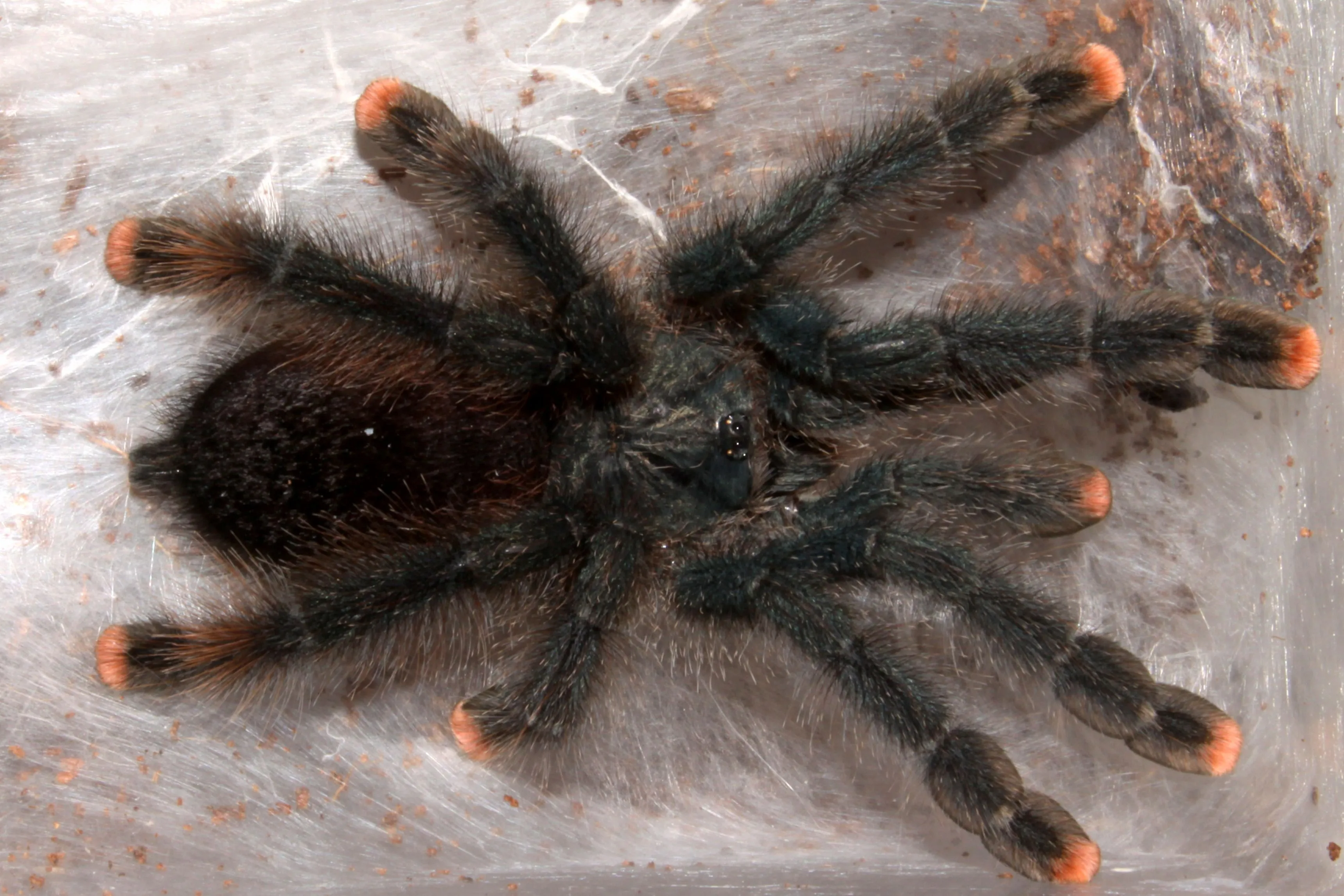
The Curly Hair tarantula is not picky about its diet. Feed them appropriately sized insects, such as crickets, mealworms, or roaches, once or twice a week. The prey size should be no larger than the tarantula’s abdomen. Always remove any uneaten insects. Always provide fresh, clean water. Monitor the tarantula’s abdomen and adjust feeding frequency as needed. Always avoid overfeeding to prevent health issues.
The Pinktoe Tarantula
The Pinktoe tarantula (Avicularia avicularia) stands out with its arboreal lifestyle and striking appearance. They are known for their beautiful coloration and relatively docile nature. Their arboreal nature means they require a different setup, and they add a unique element to the hobby. The Pinktoe tarantula is less likely to bite, and their delicate appearance and unique behaviors make them a fascinating pet.
Care and Habitat
Pinktoe tarantulas are arboreal, so they need a taller enclosure. A 10-20 gallon terrarium is suitable for an adult. The enclosure should be well-ventilated, and include plenty of climbing areas, such as branches or artificial plants. Use a substrate of 2-3 inches, a mix of coco fiber and vermiculite works well. Provide a water dish and maintain a temperature of 75-80°F (24-27°C) with a humidity level of 70-80%. Regular misting is necessary to maintain humidity. Clean the enclosure regularly and replace the substrate every few months.
Feeding and Diet
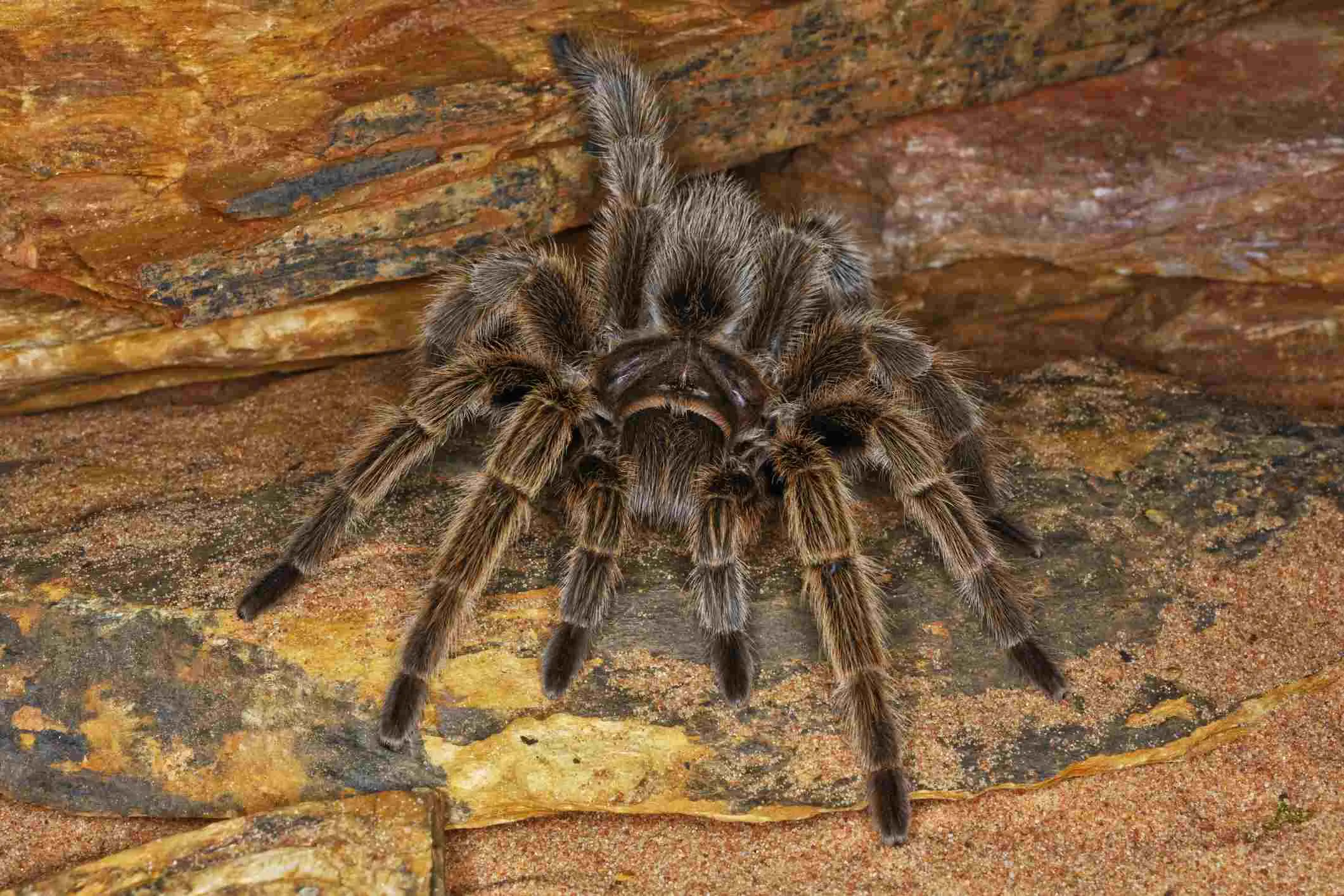
Pinktoe tarantulas are insectivores and should be fed appropriately sized insects, such as crickets, roaches, or moths, once or twice a week. The prey should be no larger than the tarantula’s abdomen. Remove any uneaten insects. They need a constant supply of fresh water. Monitor the tarantula’s abdomen and adjust the feeding frequency as needed, and avoid overfeeding. Their unique needs and arboreal nature make them a captivating pet.
The Brazilian Black Tarantula
The Brazilian Black tarantula (Grammostola pulchra) is another good option for beginners. They are known for their docile temperament and relatively low maintenance requirements. They are beautiful with a striking all-black appearance, and can be easy to care for, adding to their appeal as pets. They can be a good fit for someone looking for a pet that is easy to maintain.
Care and Habitat
The Brazilian Black tarantula needs a secure enclosure with good ventilation. A 10-20 gallon terrarium is typically suitable for an adult. Use a substrate of 4-6 inches of coco fiber, peat moss, or a similar mixture, to allow for burrowing. Provide a hide, such as a piece of cork bark or a half-log, and a water dish. Maintain a temperature of 72-82°F (22-28°C) and a humidity level of 65-75%. Clean the enclosure regularly and replace the substrate every few months to ensure good hygiene. The Brazilian Black’s care is relatively straightforward, making it a good option for those starting out.
Feeding and Diet
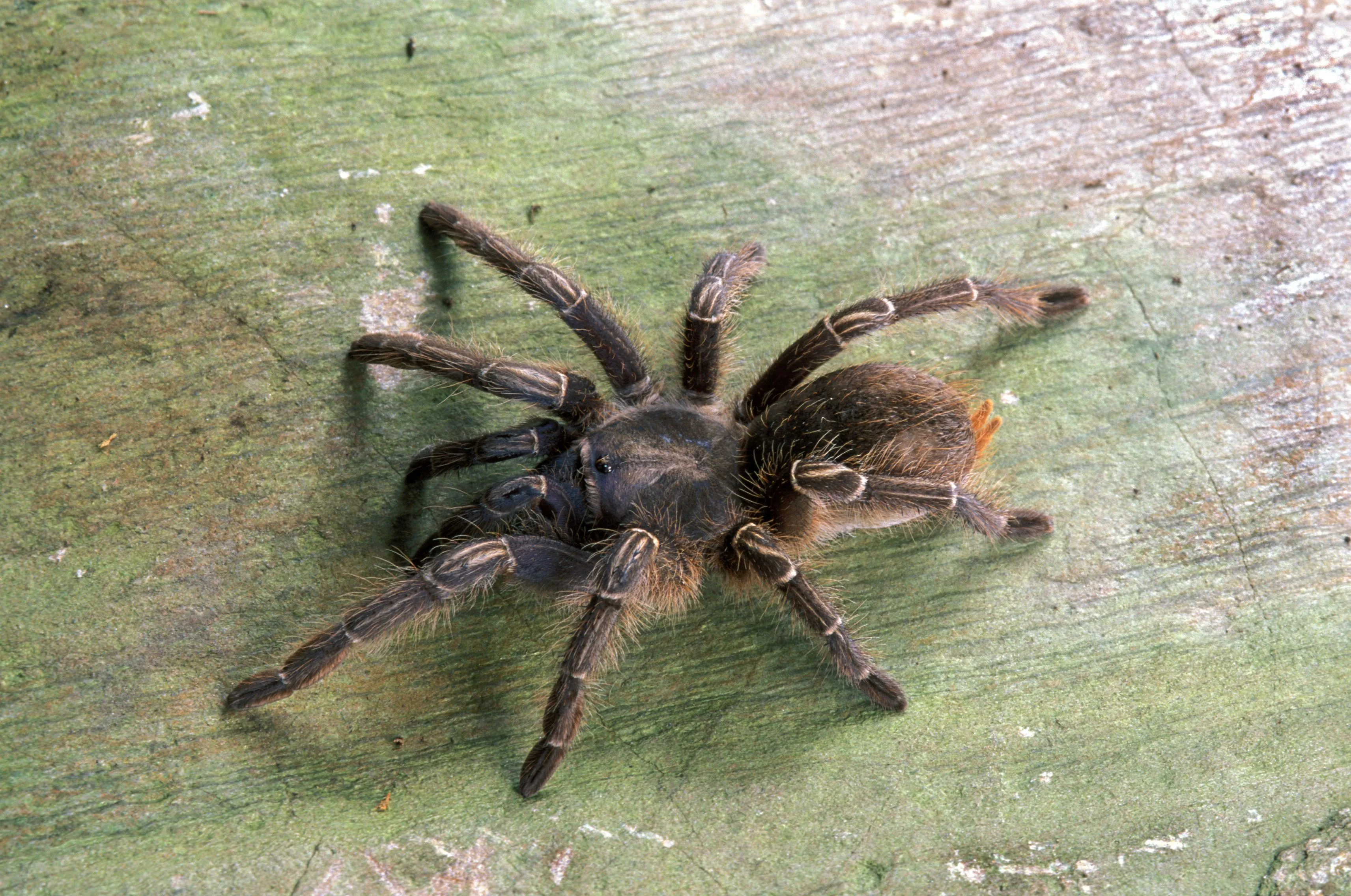
The Brazilian Black tarantula has a simple diet. Feed them appropriately sized insects, such as crickets, mealworms, or roaches, once or twice a week. The prey should be no larger than the tarantula’s abdomen. Always remove uneaten insects. Provide fresh, clean water. Adjust the feeding frequency as needed, and avoid overfeeding to prevent health problems. Providing a suitable diet is critical for this tarantula’s overall well-being.
Conclusion Choosing the Best Tarantula
Choosing the best tarantula for you depends on several factors, including your experience level, lifestyle, and personal preferences. The Chilean Rose Hair, Mexican Red Knee, Curly Hair, Pinktoe, and Brazilian Black tarantulas are all excellent choices for beginners. When choosing, consider the tarantula’s temperament, care requirements, and potential size. Researching each species thoroughly and understanding their needs is vital before bringing one home. By making an informed decision, you can ensure a rewarding experience and a happy, healthy pet. With the right preparation, owning a tarantula can be an amazing journey.
